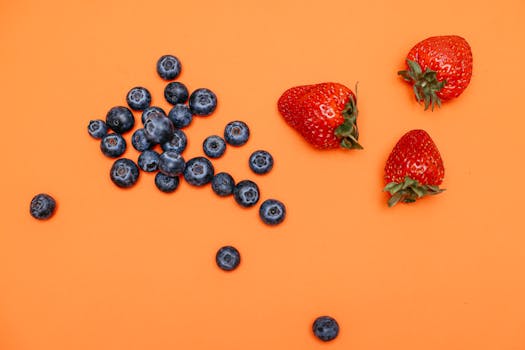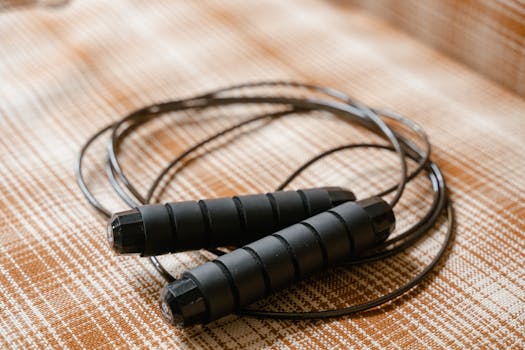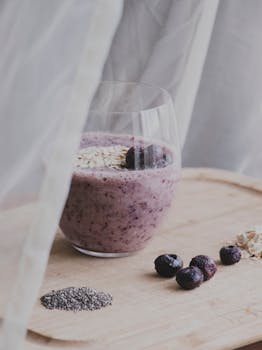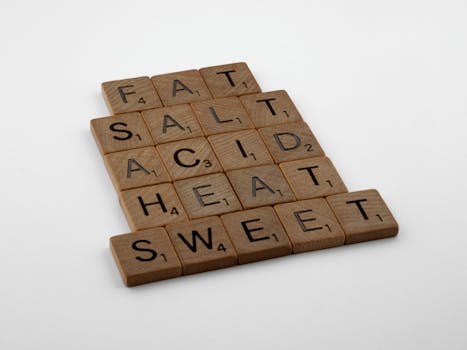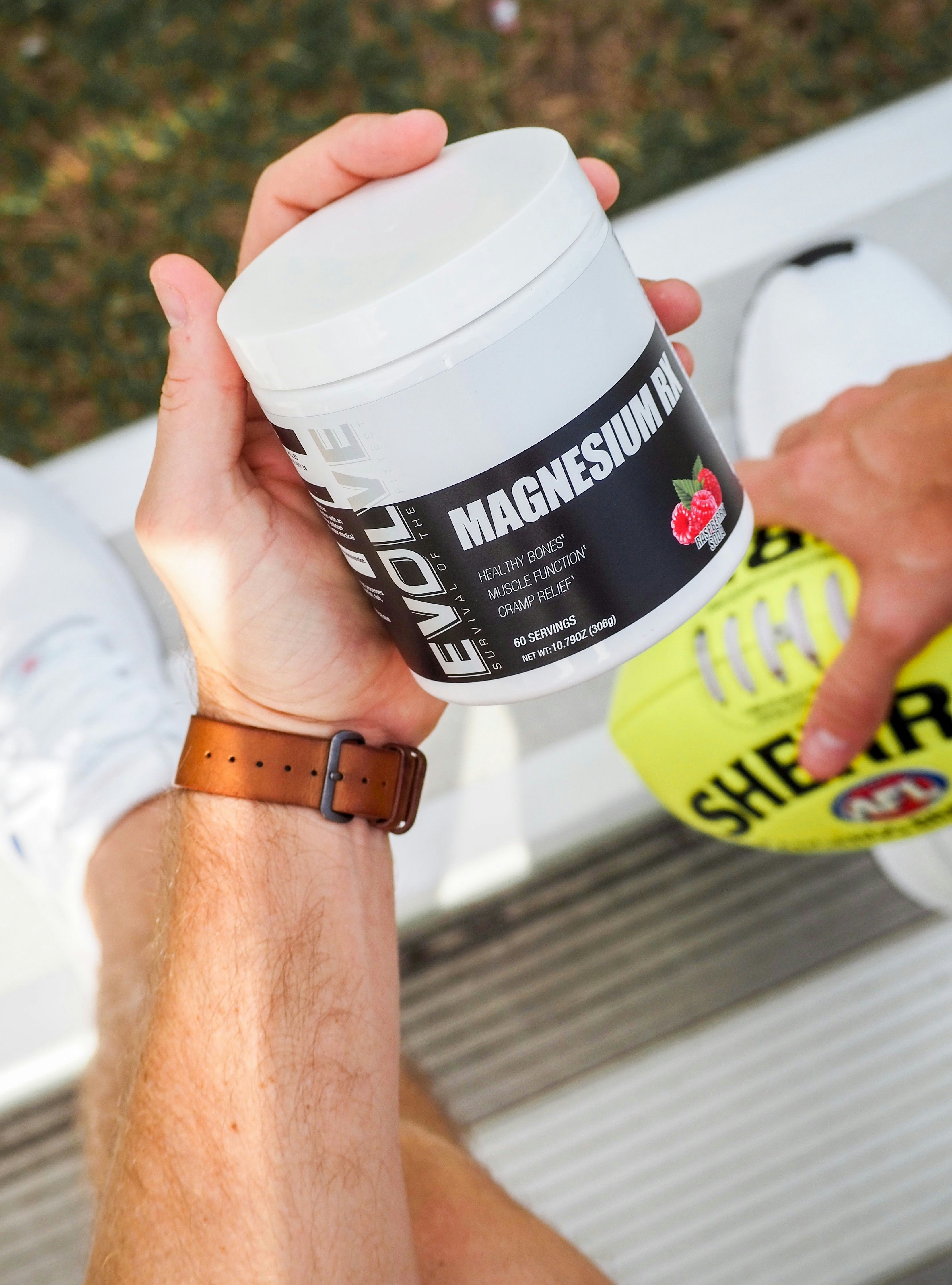The Ultimate Low Oxalate Foods Guide: Prevent Kidney Stones
Nov 13, 2024
If you're looking to improve your overall health and reduce the risk of kidney stones, a low oxalate diet could be the answer. Oxalates are naturally occurring compounds found in many plant-based foods, and while they're generally harmless in moderation, consuming too many high-oxalate foods can lead to the formation of painful kidney stones and other health issues.
What Are Oxalates and Why Should You Care?
Oxalates are organic acids that bind to minerals like calcium, forming insoluble crystals that can accumulate in the kidneys and other parts of the urinary tract. High levels of oxalates in the body can increase the risk of developing kidney stones, a condition that affects millions of people worldwide.
Symptoms of High Oxalate Levels
Excessive oxalate levels can manifest in various ways, including:
Kidney stones
Abdominal pain
Nausea and vomiting
Blood in urine
Frequent urination
Urinary tract infections
Who Should Consider a Low Oxalate Diet?
A low oxalate diet can benefit individuals with:
A history of kidney stones
Inflammatory bowel diseases like Crohn's or ulcerative colitis
Cystic fibrosis
Certain types of kidney disorders
Excessive oxalate levels in the urine

Understanding Low Oxalate Foods
The key to a successful low oxalate diet is identifying and limiting your intake of high-oxalate foods while incorporating more low-oxalate alternatives. Here's a breakdown of the different oxalate levels in common foods:
Low Oxalate Foods (Less Than 10 mg per Serving)
Fruits: Bananas, blueberries, cantaloupe, grapefruit, lemons, limes, oranges, pineapple, strawberries
Vegetables: Broccoli, Brussels sprouts, cabbage, cauliflower, cucumber, lettuce, mushrooms, onions, peas, radishes, tomatoes, zucchini
Grains: Rice, corn, oats, quinoa
Proteins: Eggs, chicken, turkey, beef, pork, fish, tofu
Dairy: Milk, yogurt, cheese
Nuts and seeds: Almonds, peanuts, pumpkin seeds
Moderate Oxalate Foods (10-25 mg per Serving)
Fruits: Apples, apricots, cherries, grapes, kiwi, mangoes, peaches, pears, plums
Vegetables: Asparagus, beets, carrots, celery, eggplant, green beans, okra, peppers, potatoes, spinach, squash
Grains: Wheat, barley, rye
Nuts and seeds: Cashews, pistachios, walnuts

High Oxalate Foods (Over 25 mg per Serving)
Fruits: Figs, raspberries, rhubarb
Vegetables: Beans (all types), beet greens, okra, parsley, rhubarb, spinach, sweet potatoes
Grains: Buckwheat, wheat bran, wheat germ
Nuts and seeds: Almonds, cashews, peanuts, peanut butter
Other: Chocolate, black tea, instant coffee, soy products
Tips for Following a Low Oxalate Diet
Meal Planning and Preparation
Plan your meals in advance and focus on low-oxalate ingredients
Cook with low-oxalate oils like olive oil, avocado oil, or coconut oil
Avoid high-oxalate ingredients like bran, wheat germ, and soy products
Drink plenty of water to help flush out oxalates
Portion Control and Moderation
Even low-oxalate foods can become problematic if consumed in excess
Pay attention to serving sizes and practice moderation
Limit your intake of high-oxalate foods, but don't eliminate them entirely
Rotate your food choices to prevent overconsumption of any one food group
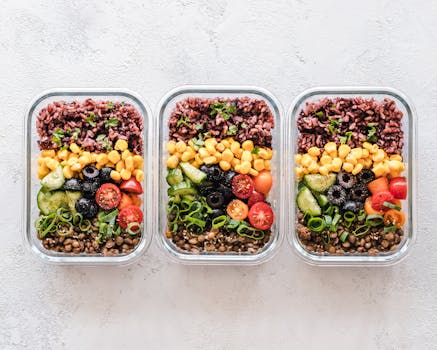
Supplements and Medications
Consult with your healthcare provider before starting a low oxalate diet
Certain supplements and medications can interact with oxalates or affect their absorption
Calcium supplements can help bind to oxalates and prevent their absorption
The Benefits of a Low Oxalate Diet
By following a low oxalate diet, you can experience a range of potential benefits, including:
Reduced risk of kidney stones
Improved kidney function
Better management of inflammatory bowel diseases
Decreased abdominal pain and discomfort
Improved overall digestive health
Tidalflow's AI Personal Training Solutions
At Tidalflow, we understand the importance of personalized nutrition and fitness plans. Our AI-powered personal training solutions can help you navigate the complexities of a low oxalate diet and achieve your health goals. With Tidalflow, you'll receive tailored meal plans, grocery lists, and personalized coaching to ensure you're following a low oxalate diet effectively and sustainably.
Conclusion
Embrace a healthier lifestyle by incorporating more low oxalate foods into your diet. By reducing your intake of high-oxalate foods and following the tips outlined in this guide, you can lower your risk of kidney stones and promote better overall health. Remember, a low oxalate diet is not a one-size-fits-all approach, so it's essential to work with a healthcare professional or a trusted AI personal trainer like Tidalflow to create a plan that meets your unique needs and preferences. Take the first step towards better kidney health today by exploring Tidalflow's AI personal training solutions and embracing the power of a low oxalate diet.
Disclaimer: This article is for informational purposes only and does not substitute professional medical advice. Consult a healthcare provider for personalized recommendations.
You should not have to do it all on your own



